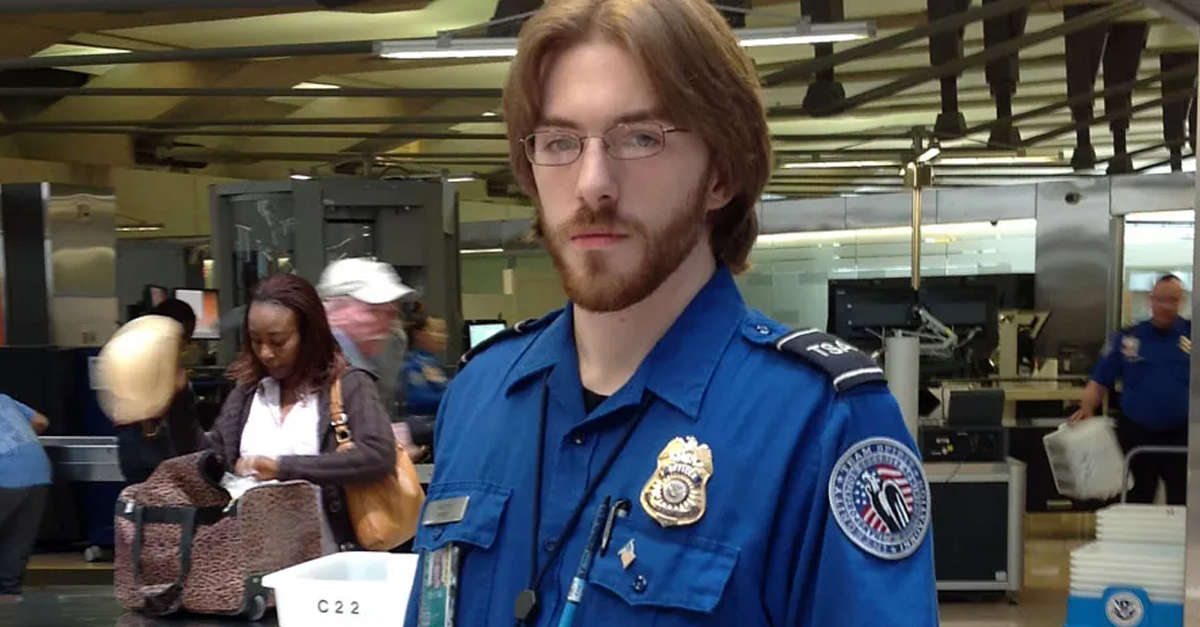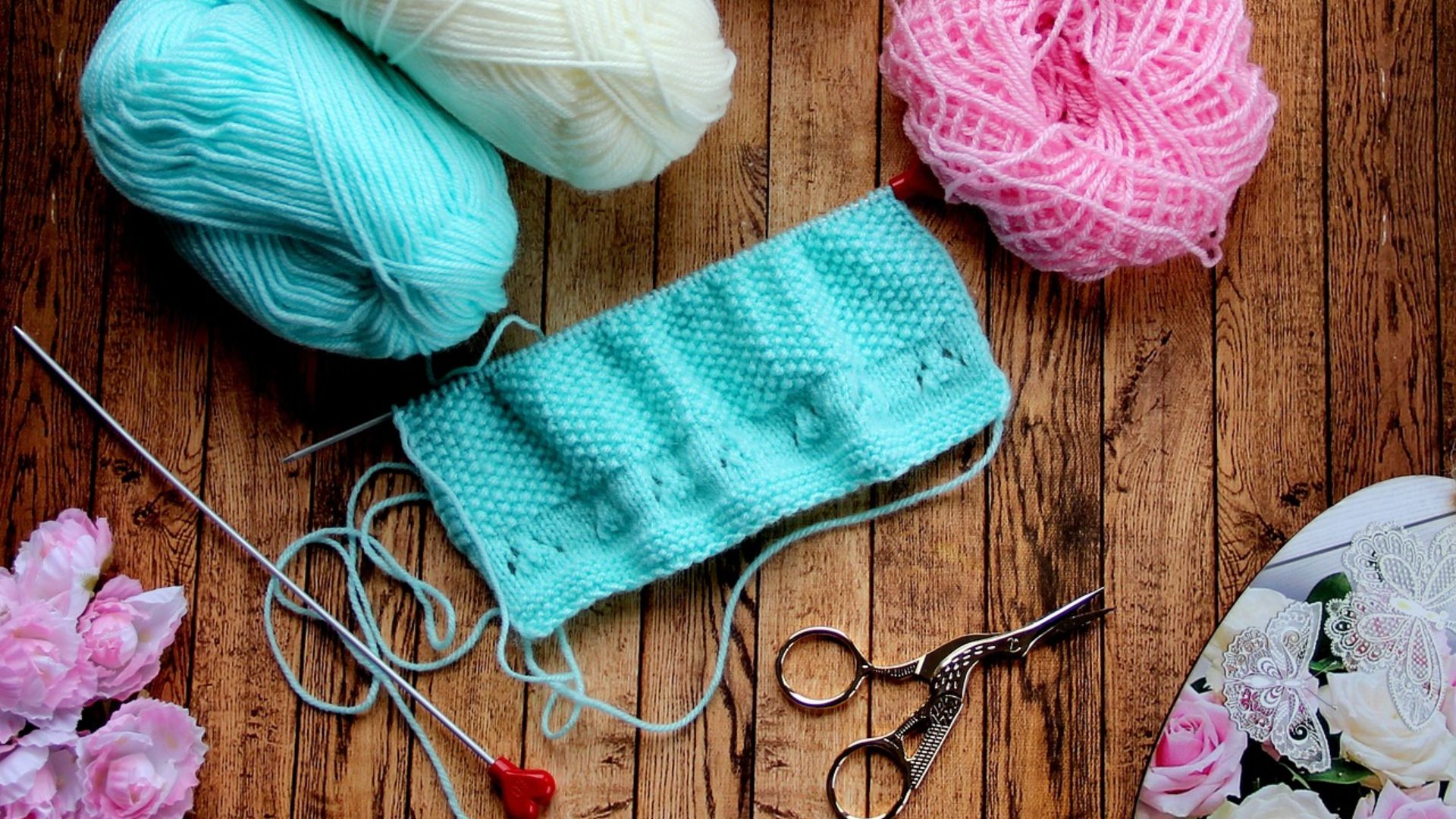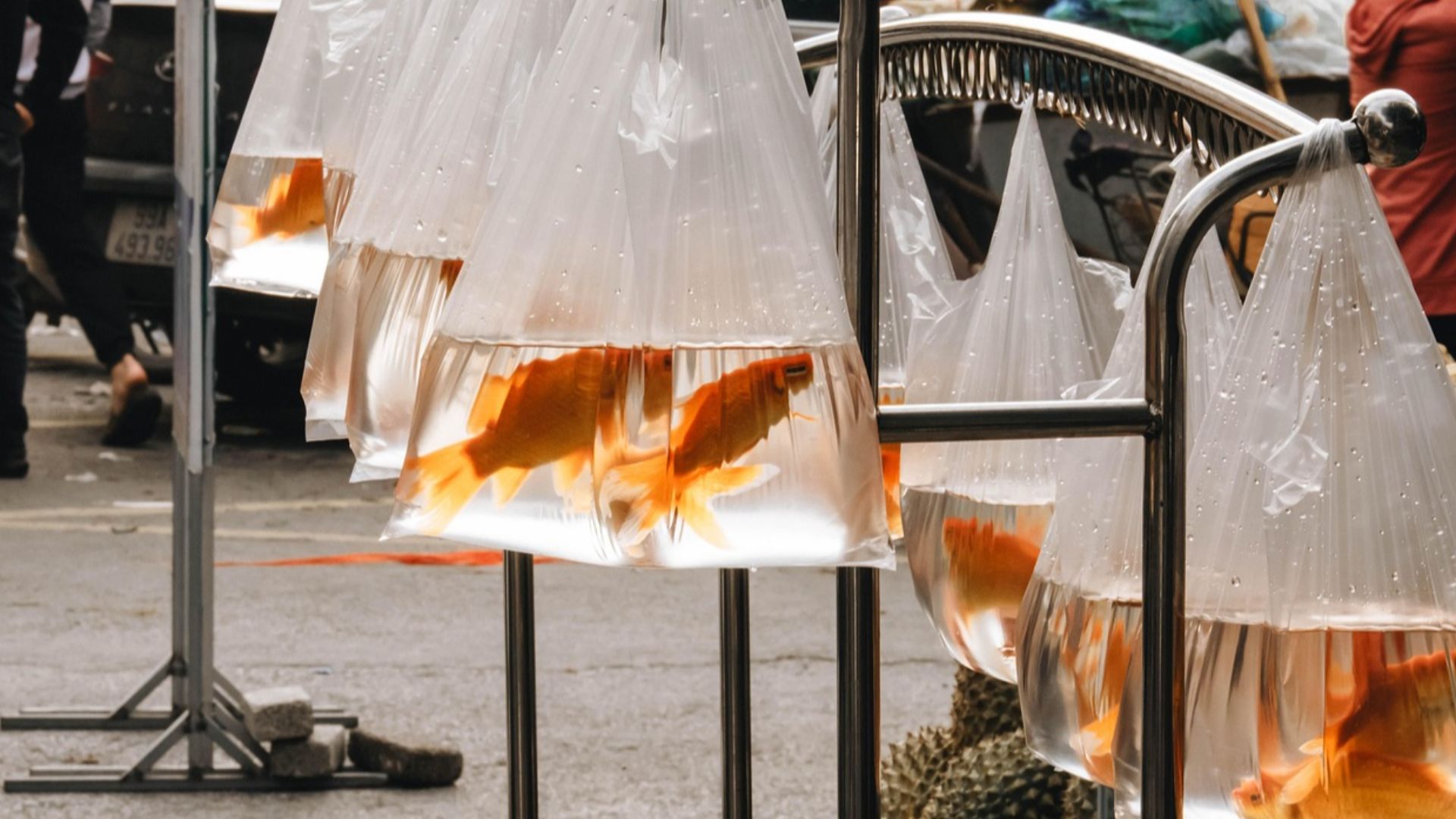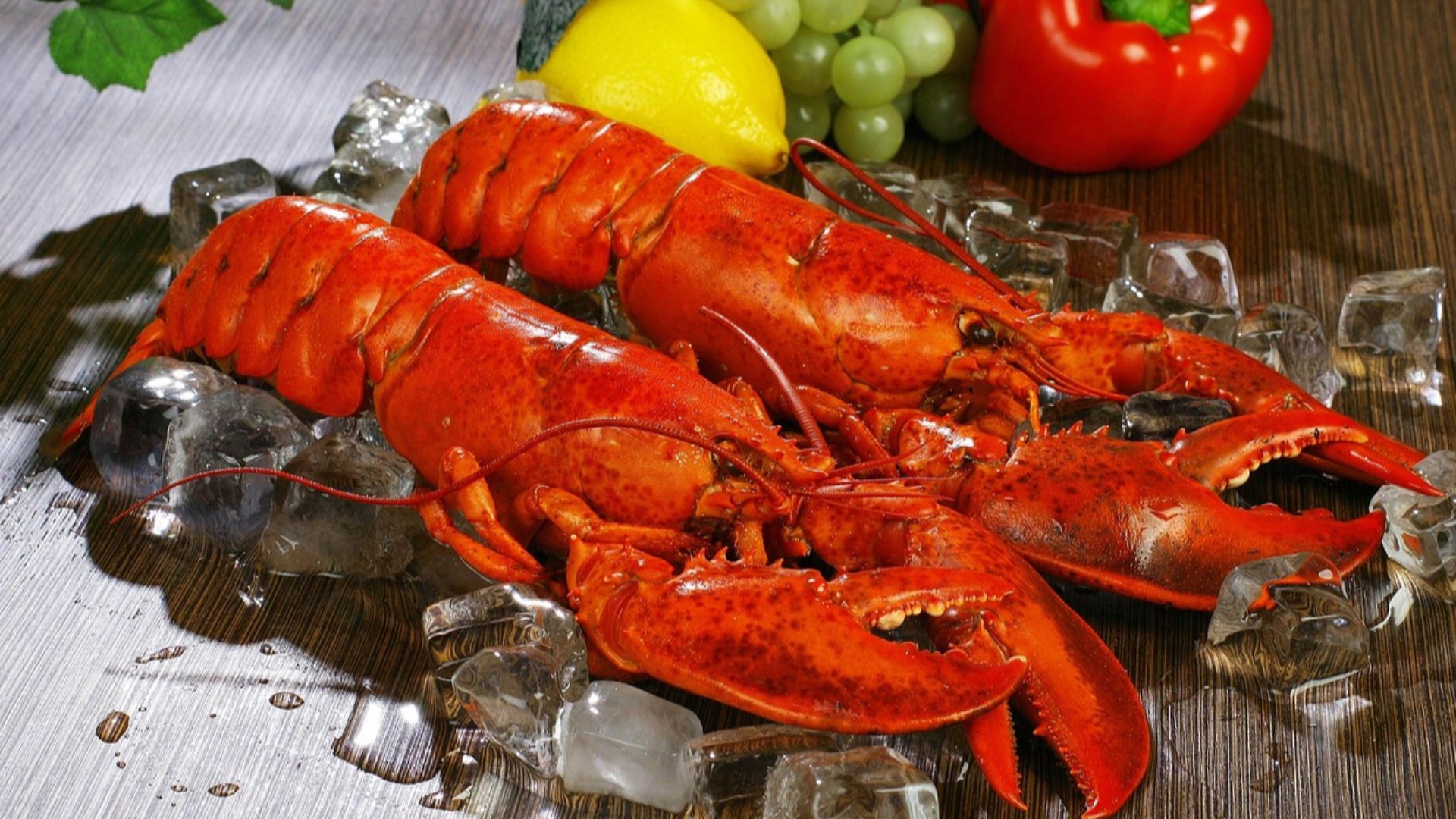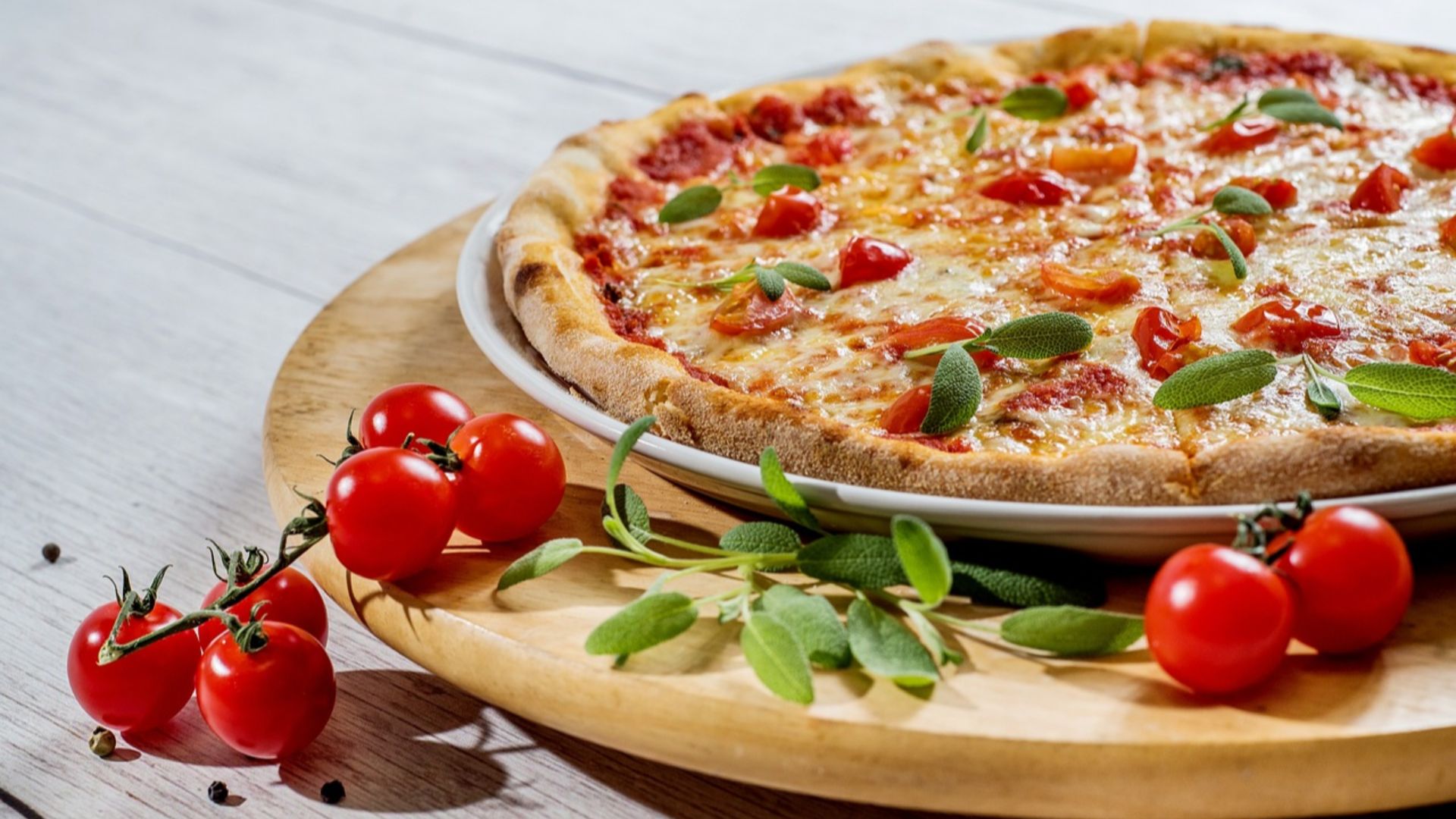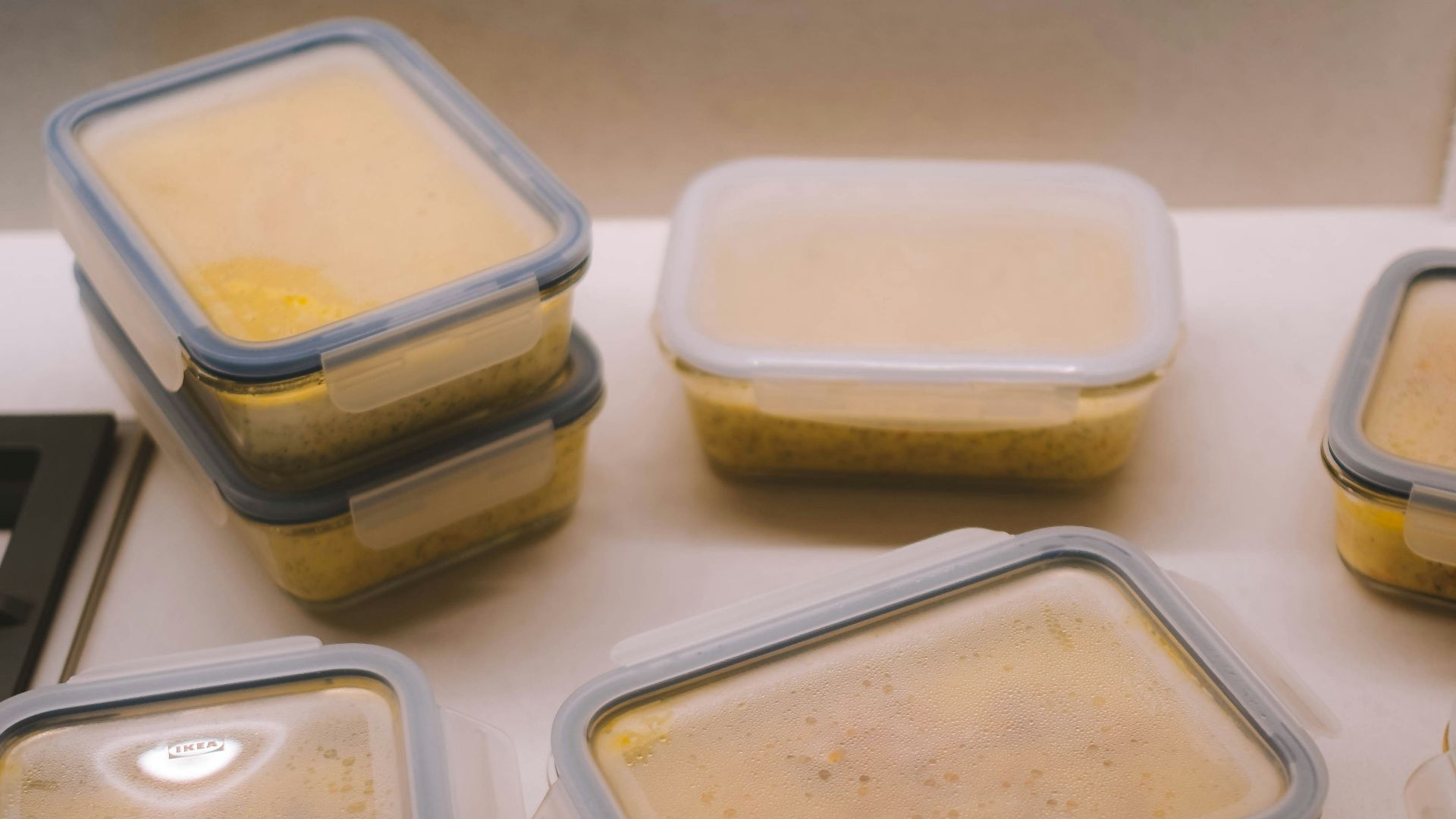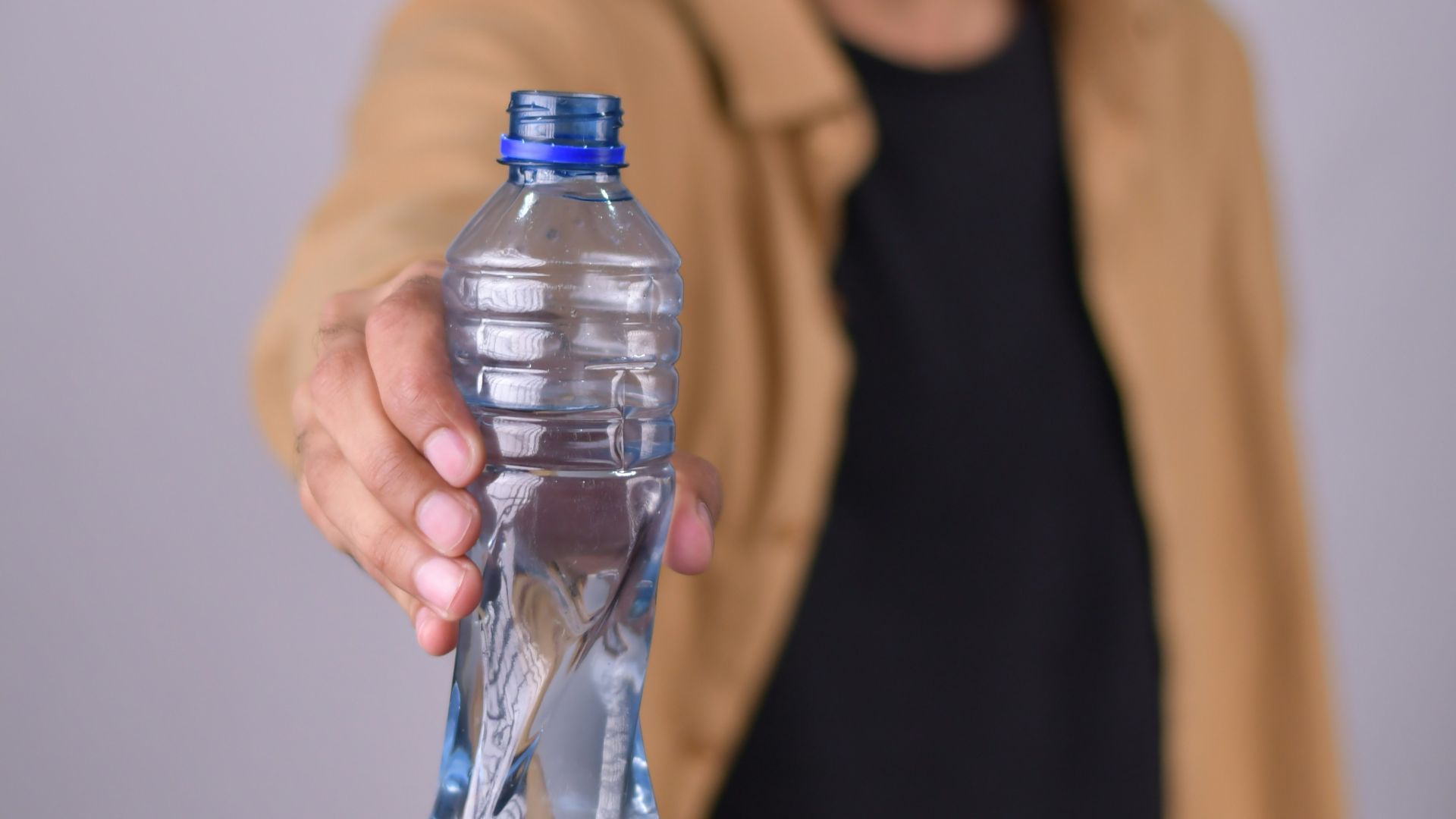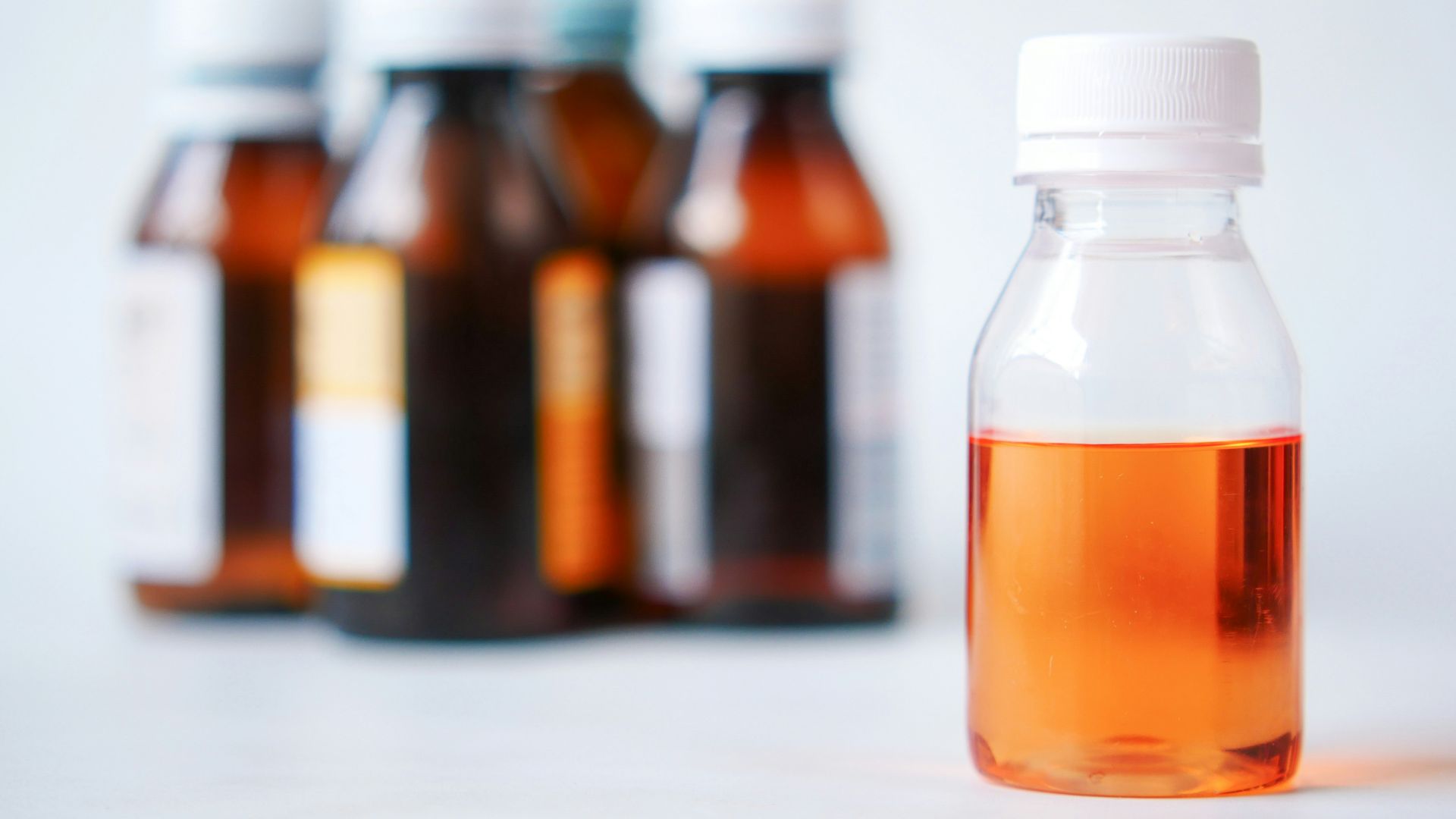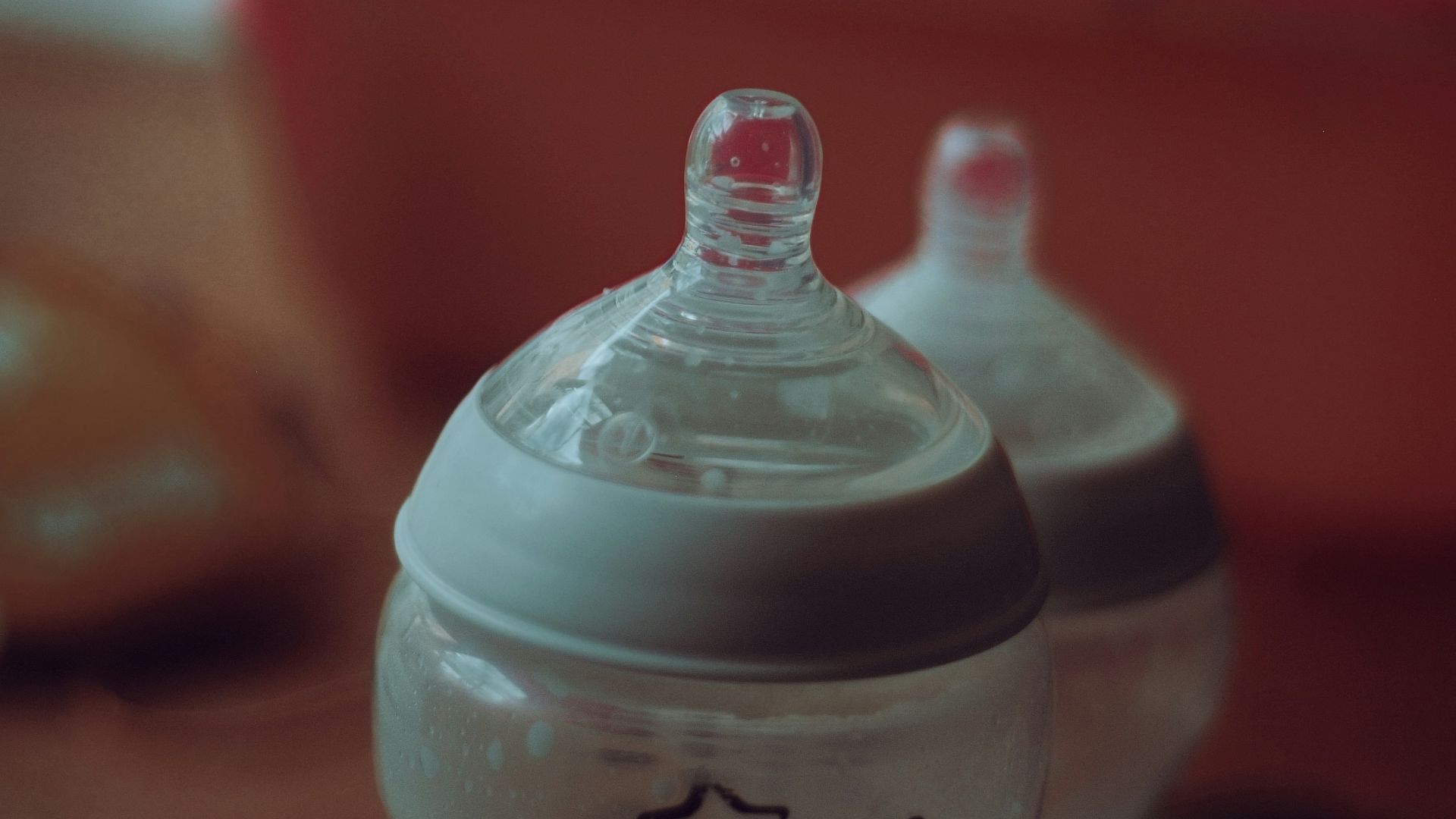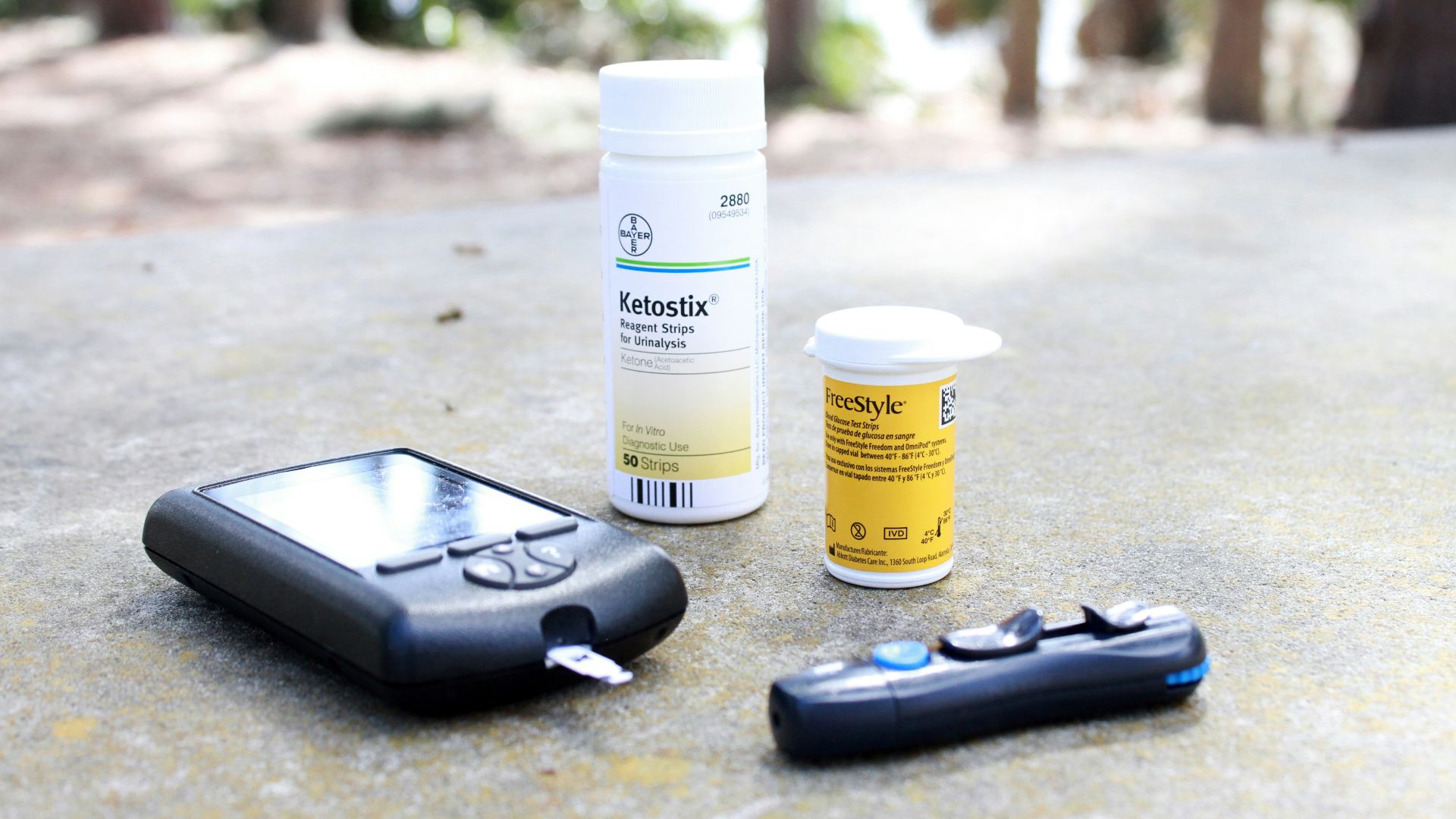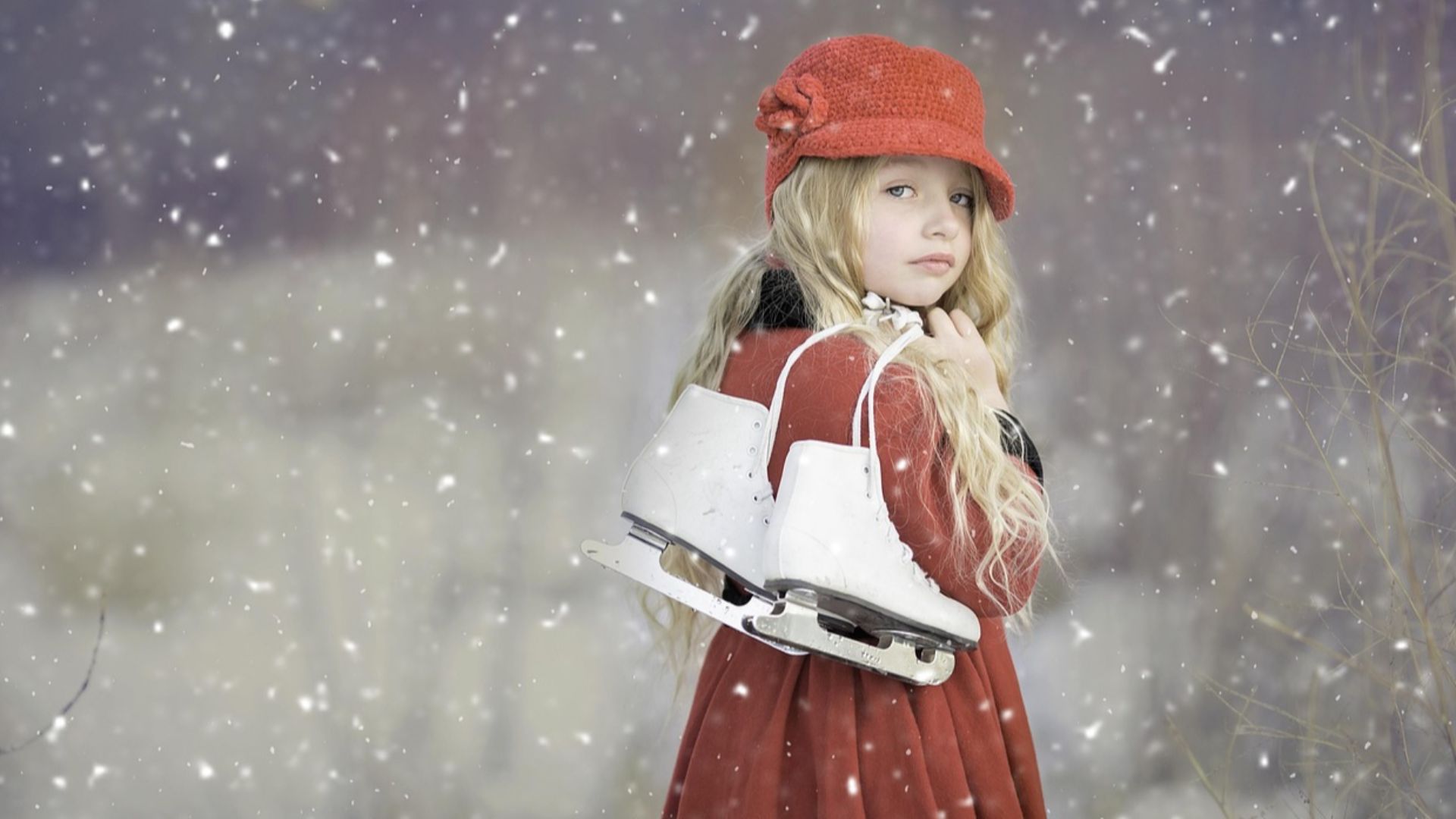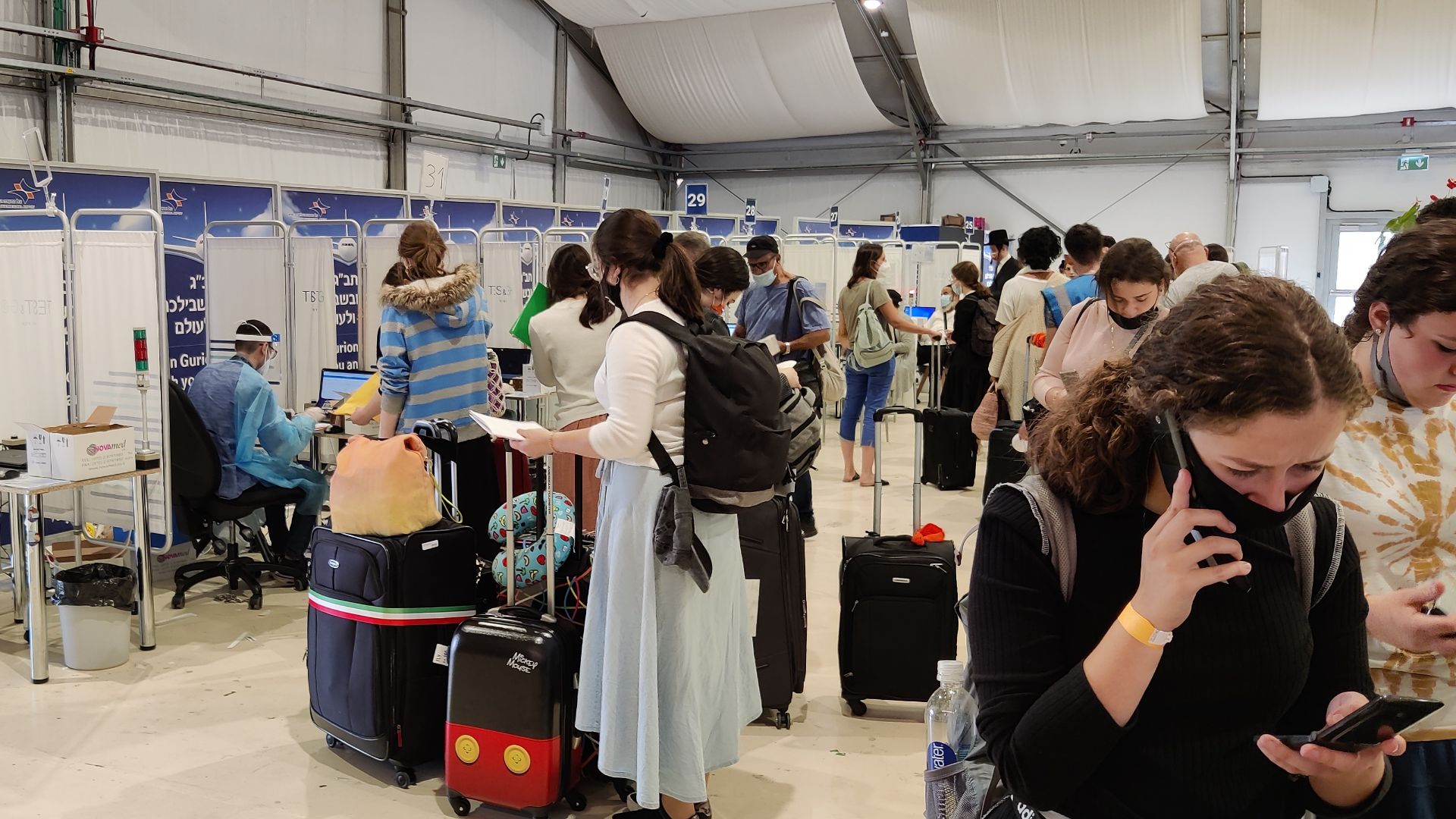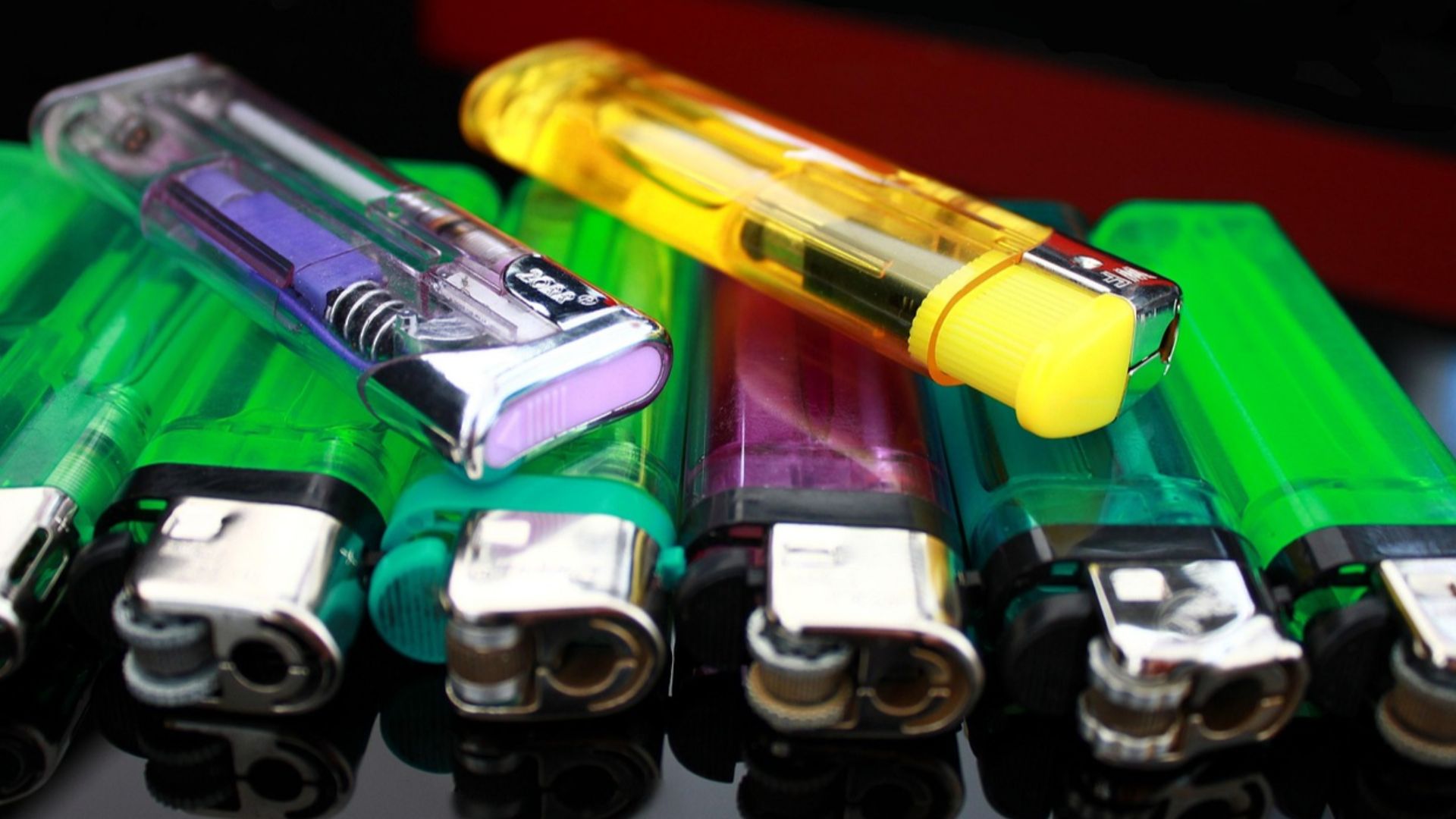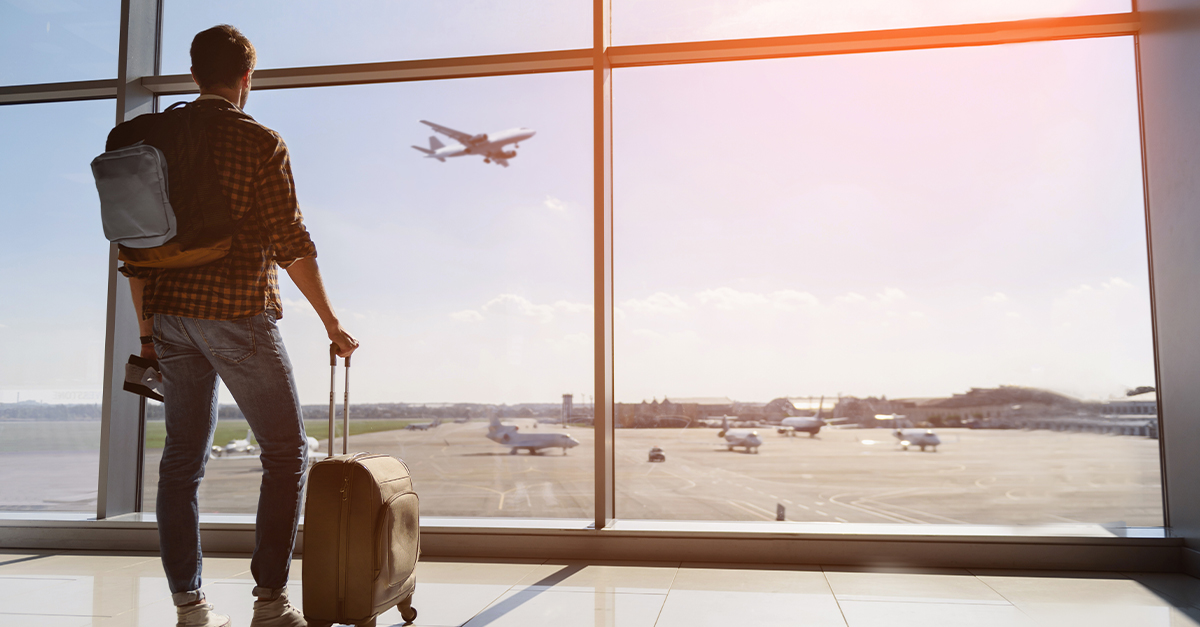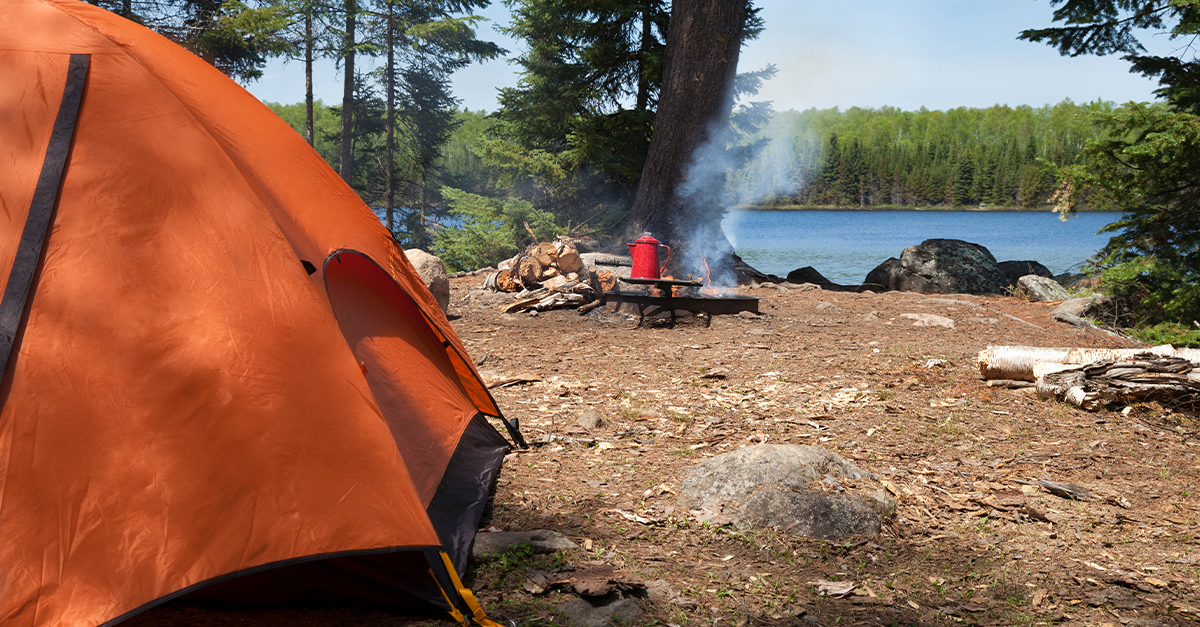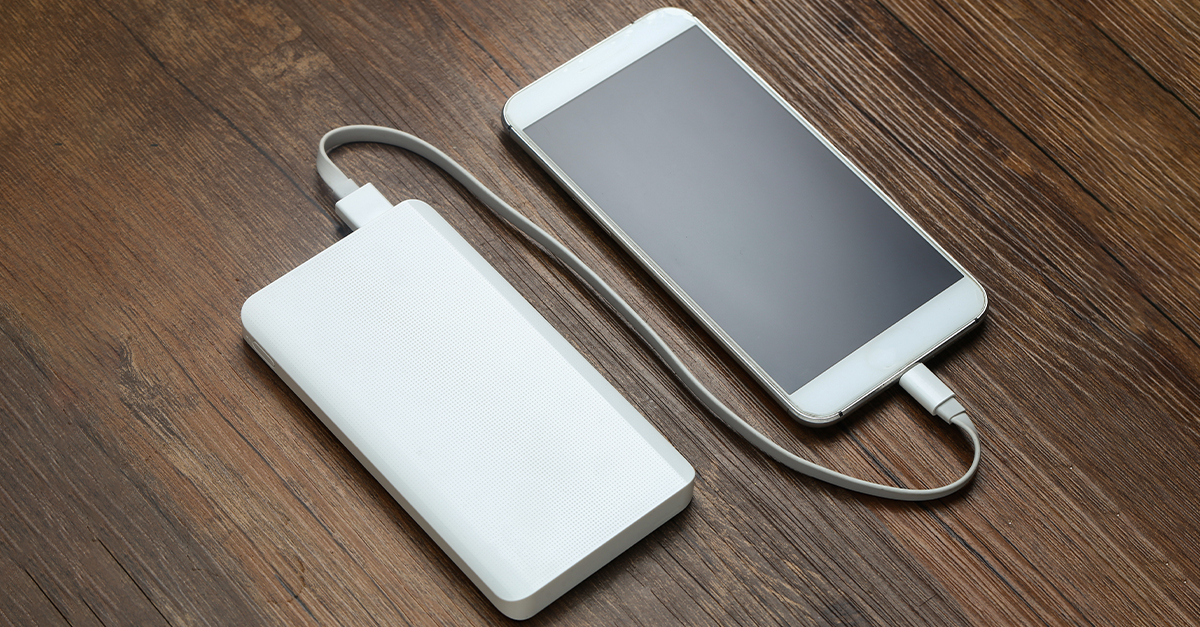“Wait… I Can Bring That?”
Yes, some items that sound wild are carry-on friendly in 2025. TSA’s official “What Can I Bring?” list confirms many niche approvals that surprise even frequent flyers. The key is that officers have final discretion at the checkpoint, yet the default for these items is “allowed.”
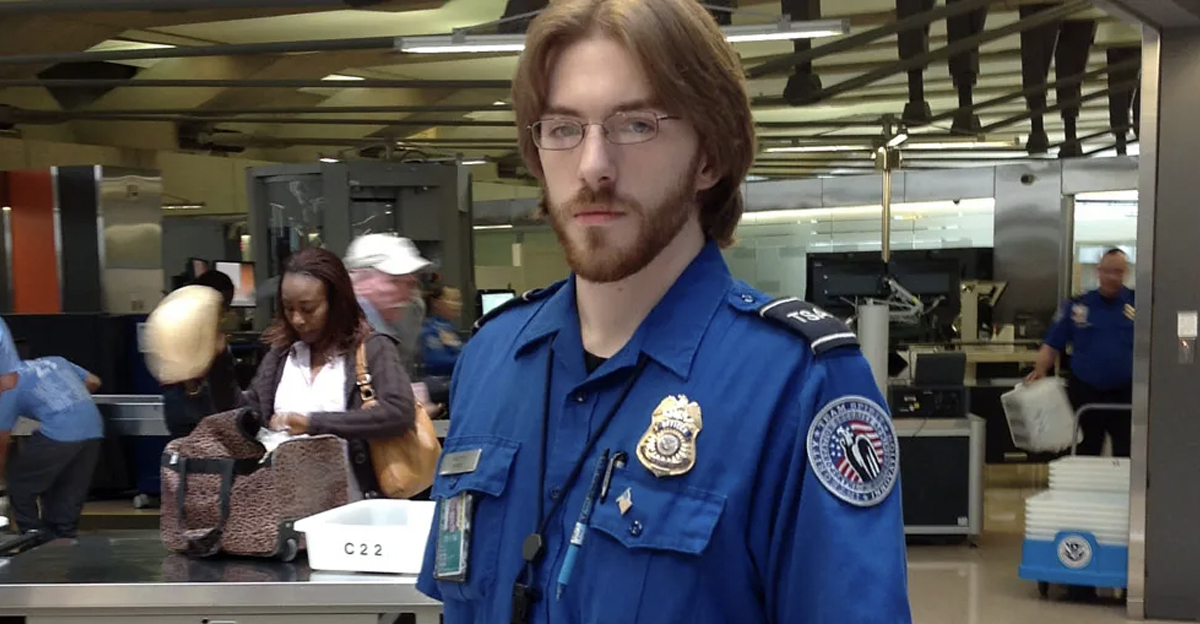
Tiny Snow Globes
If your snow globe looks like it holds under 3.4 ounces and the whole globe fits in your single quart-size liquids bag, it can fly in your carry-on. Larger ones must go in checked baggage. Travelers in the late 2000s often had these confiscated because the liquid rule was new and more strictly applied with fewer clarifications.
Knitting Needles
Knitting needles are permitted in both carry-on and checked bags. Pack points responsibly and expect extra screening if requested. Right after 2001, sharp items were broadly banned and many craft tools got caught in that net. Today the rule is explicit and far friendlier to crafters.
Scissors… With a Catch
You can bring scissors if the blades measure under 4 inches from the pivot. Longer blades belong in checked bags. In the 2000–2010 era, sharp tools were widely restricted and rules shifted several times, so travelers often erred on the side of checking them.
Live Fish
Live fish in water inside a clear container may pass through the checkpoint after inspection. TSA specifically notes these are not allowed in checked baggage, so they must stay with you in the cabin. Airlines may add their own rules, so check before you bag your betta.
Lobsters
A live lobster can travel if it is in a clear, spill-proof container. TSA will visually inspect it at the checkpoint, and you should verify carrier rules for the cabin versus the hold. That combination of TSA permission and airline discretion has existed for years, and it continues in 2025.
Whole Pies, Cakes, and Pizza
Solid foods are generally fine in carry-ons. Cakes and pies can ride in the overhead bin, and even an entire pizza is permitted if it fits and clears screening. In the late 2000s, travelers were still getting used to the liquids rule, so agents more often separated and rescanned food. Today TSA clearly spells out that solids are OK.
Frozen Items Glide Through If Truly Frozen
Ice, gel packs, and frozen foods can pass if they are fully solid at screening. If there is any slush or liquid, they must comply with 3-1-1 or go in checked baggage. That practical distinction exists because the liquids rule targets free liquids. Know before you thaw.
Empty Water Bottles Are Your Best Friend
Bring an empty bottle through security and fill it afterward. This hack saves money and plastic, and it is explicitly allowed. In the 2006 transition to 3-1-1, many travelers accidentally arrived with full bottles and had to toss them. The empty-bottle workaround remains the simplest solution.
Medical Liquids Can Exceed 3.4 Ounces
Medically necessary liquids are allowed in “reasonable quantities,” including contact lens solution and nutrition items. Declare them for inspection and expect extra screening. This exception has existed since the early days of 3-1-1. The difference now is much clearer guidance online.
Baby Formula and Breast Milk Get Special Treatment
Formula, breast milk, toddler drinks, and puree pouches may exceed 3.4 ounces and do not need to fit in your quart bag. Cooling accessories like ice packs are covered too, even if you are not traveling with a child. Tell officers you have these items and separate them for screening.
Insulin and Diabetes Supplies Not A Problem
Insulin, pumps, continuous glucose monitors, syringes, and related supplies are allowed in carry-ons and checked bags. Inform officers about attached devices and request alternate screening if needed. This accommodation predates 2010, yet in practice it is better explained and supported today.
Dry Ice – Within Limits
You can travel with up to 5.5 pounds (2.5 kg) of dry ice per passenger per package in properly vented and labeled packaging with airline approval. The FAA sets the limit, and TSA enforces it at the checkpoint. This remains a niche but powerful option for keeping food or samples frozen.
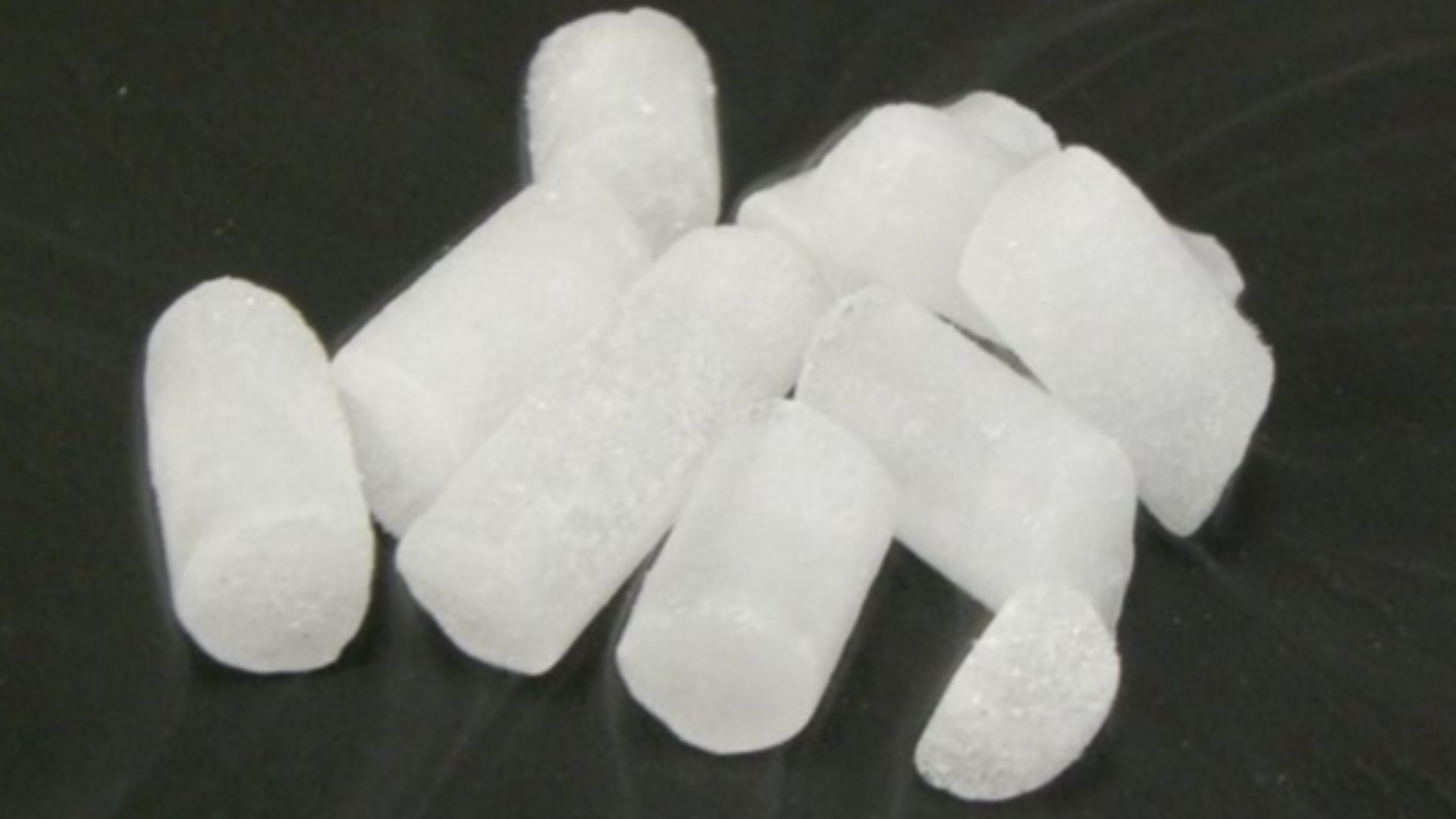 Richard Wheeler (Zephyris) at en.wikipedia, Wikimedia Commons
Richard Wheeler (Zephyris) at en.wikipedia, Wikimedia Commons
Musical Instruments
Guitars, violins, and similar instruments may be carried on if they fit and pass inspection. Federal rules also require U.S. airlines to accept instruments as carry-on or checked baggage when conditions are met, so coordinate with your carrier for space. Today’s traveler benefits from both TSA screening procedures and a DOT rule that didn’t exist in the early 2000s.
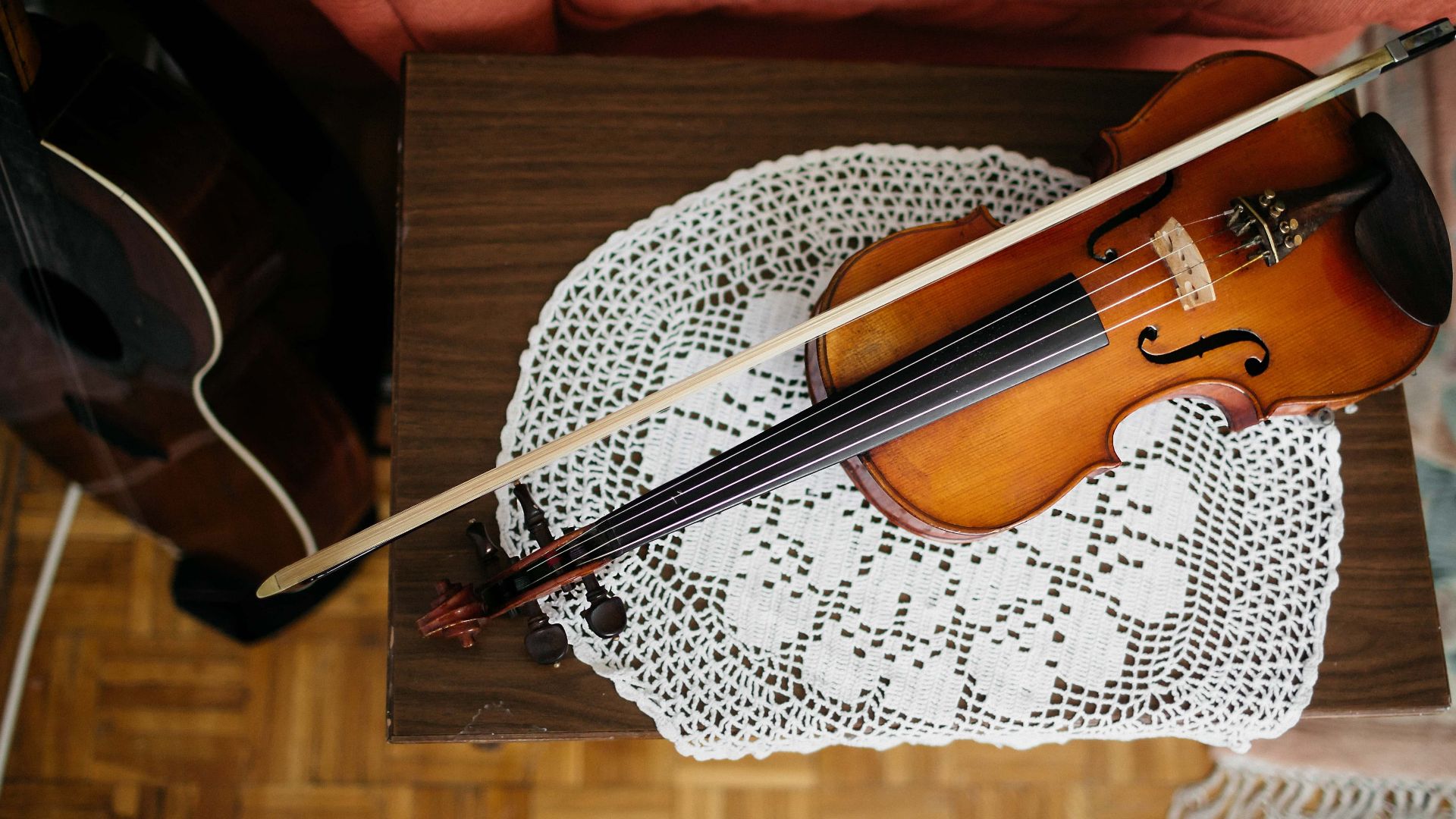 Marko Milivojevic (milim84), Wikimedia Commons
Marko Milivojevic (milim84), Wikimedia Commons
Skates
Ice skates and rollerblades are allowed in carry-on or checked bags. Cover blades and pack thoughtfully to avoid delays. This surprises people who remember the early post-9/11 emphasis on restricting anything sharp. The current policy is explicit about skates being permitted.
Lithium Battery Rules Favor Your Carry-On
Spare lithium-ion or lithium-metal batteries, including power banks and charging cases, belong only in carry-on baggage. Installed batteries can fly in devices, but spares are prohibited in checked bags due to fire-risk management. This safety-driven rule has tightened since the 2000s as battery incidents taught hard lessons.
CT Scanners Are A Big Part Of This
More U.S. checkpoints now use computed tomography scanners. At these lanes, laptops can stay in your bag, and at many airports 3-1-1 liquids can remain inside too. Rules vary slightly by location, so follow the posted guidance. Either way, the experience is less fussy than it was in 2008.
The 3-1-1 Rule Still Reigns… But It's More Complicated
The liquids rule remains: containers up to 3.4 ounces, all inside one quart-size bag. Exceptions cover medical needs and certain scenarios like duty-free liquids in a secure, tamper-evident bag on connecting flights. In August 2006 TSA initially banned all liquids, then within weeks phased in 3-1-1 as a permanent compromise. That history explains why small allowances now feel surprising.
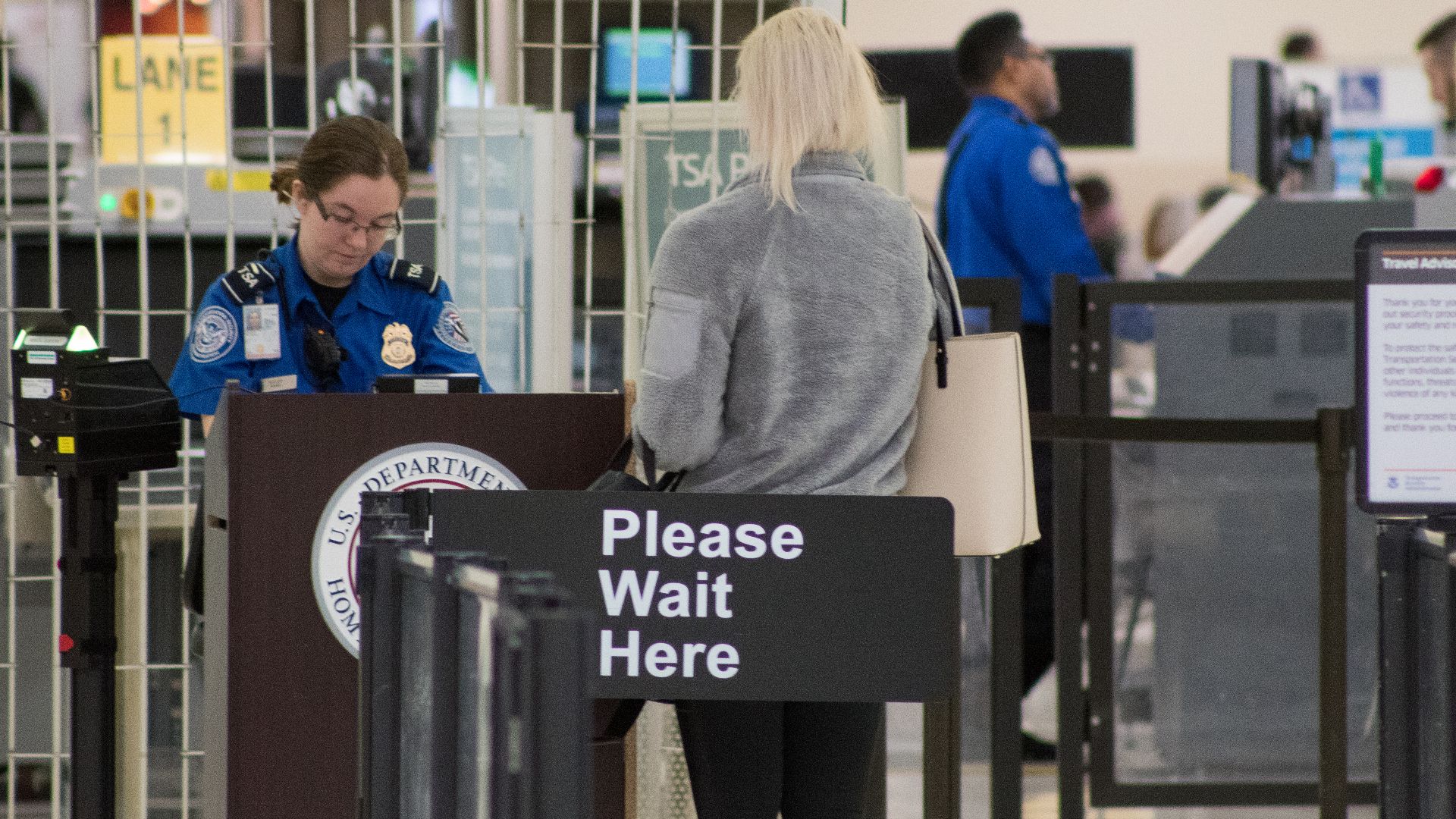 Michael Ball, Wikimedia Commons
Michael Ball, Wikimedia Commons
A Few Throwbacks Show How Much Changed
Lighters were banned, then common lighters were allowed again starting August 4, 2007, while torch lighters remained prohibited. TSA also considered allowing small knives in 2013 but ultimately kept them banned in cabins. Compared to the blanket prohibitions of the early 2000s, today’s rules are more targeted and specific.
How To Pack Like A 2025 Pro
Use the official TSA list to confirm odd items before you fly. Declare medical liquids, separate foods if asked, and remember that officer discretion always applies. The bottom line is optimistic. Many things you assumed were banned are allowed when packed and presented the right way.
Always verify with your airline for size or packaging limits on top of TSA screening rules.
You May Also Like:
Photos Of The Ancient Tribe Whose Handmade Creations Outlasted Empires
Archaeologists Find Ancient God In A Sewer

